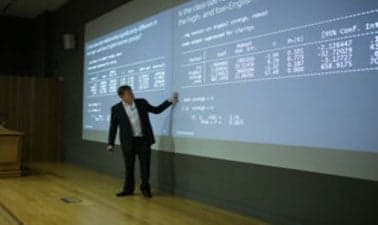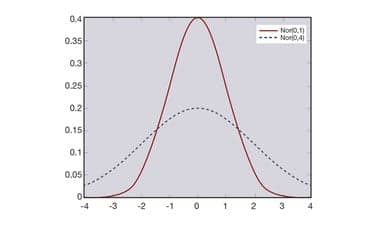About this course
Statistics 1 Part 2 is a self-paced online course offered by LSE, designed to deepen your understanding of key statistical concepts, methods, and techniques, with a focus on their practical application. This course is ideal for students interested in the fields of management, economics, and social sciences, and can be taken standalone or as a component of the LSE MicroBachelors programs in either Statistics Fundamentals or Mathematics and Statistics Fundamentals.
What students will learn
- Gain familiarity with advanced statistical ideas suitable for those with moderate mathematical skills.
- Develop the ability to effectively summarize and present data, interpret results, and use appropriate diagrams and annotations.
- Understand the fundamentals of statistical inference, perform significance tests on means, proportions, and conduct chi-squared tests.
- Apply simple linear regression and correlation analysis appropriately.
Prerequisites or skills necessary
While there are no formal prerequisites, prior knowledge of basic statistics concepts or completion of preliminary LSE statistics courses is strongly recommended due to the cumulative nature of the content.
Course Content
- Hypothesis Testing I
- Hypothesis Testing II
- Contingency Tables and Chi-Squared Tests
- Sampling Design and Ideas Underlying Causation
- Correlation and Linear Regression
Who this course is for
This course is designed for students and professionals interested in applying statistical methods to solve problems in management, economics, and the social sciences. It is particularly beneficial for those participating in the LSE MicroBachelors programs related to statistics and mathematics.
Application of Skills in the Real World
Learners will be equipped to tackle real-world data analysis challenges, interpret research findings in socio-economic contexts, and provide informed insights in their professional fields through robust statistical reasoning and data-driven decision making.
Syllabus
- Hypothesis Testing I
- Hypothesis Testing II
- Contingency Tables and the Chi-Squared Test
- Sampling Design and Ideas Underlying Causation
- Correlation and Linear Regression









